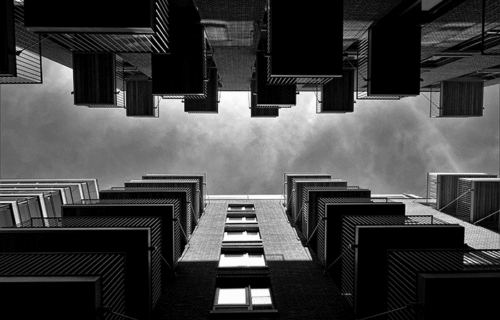Demand for new apartments in the Czech capital continues to exceed supply, with 2025 shaping up to be one of the most active years in the city’s residential market. Developers report steady absorption across projects, supported by lower mortgage rates and renewed buyer confidence.
Average prices for new apartments in Prague climbed again in mid-2025, reaching between CZK 164,000 and 168,000 per square metre, according to several market analyses. Deloitte’s latest data show that by the second quarter of the year, prices had risen by nearly 2 percent quarter-on-quarter, bringing the average close to CZK 169,300 per square metre. Transaction data for completed deals show slightly lower figures—around CZK 157,000 per square metre—but still among the highest levels recorded since 2021.
Price differences remain wide across the city. The most expensive locations continue to be the historic core and inner districts, where average prices in Prague 2 hover around CZK 177,000 per square metre. In Prague 5, long a target for new residential development, prices average roughly CZK 148,000 per square metre, while in Prague 4 they remain close to CZK 130,000 per square metre. Despite these variations, the overall upward trend is consistent across all districts.
Developers estimate that roughly 6,000 new apartments have been sold in Prague during the first nine months of 2025, with year-end totals likely to exceed the highs seen in 2021. Analysts say this level of activity reflects both delayed demand from previous years and the gradual easing of financing conditions, with average mortgage rates now hovering around 4.5 percent.
However, supply continues to lag behind demand. Official statistics show that while construction starts increased early in the year, the number of completed apartments remains well below what the market requires. Fewer than 6,000 units are currently available for sale in the capital, a figure that has barely changed over the past three years.
Market observers warn that unless the permitting process accelerates, the imbalance between demand and available stock will persist, keeping prices high. For now, Prague’s residential market remains one of the most resilient in Central Europe—supported by population growth, limited new supply, and sustained investor interest in long-term property assets.
